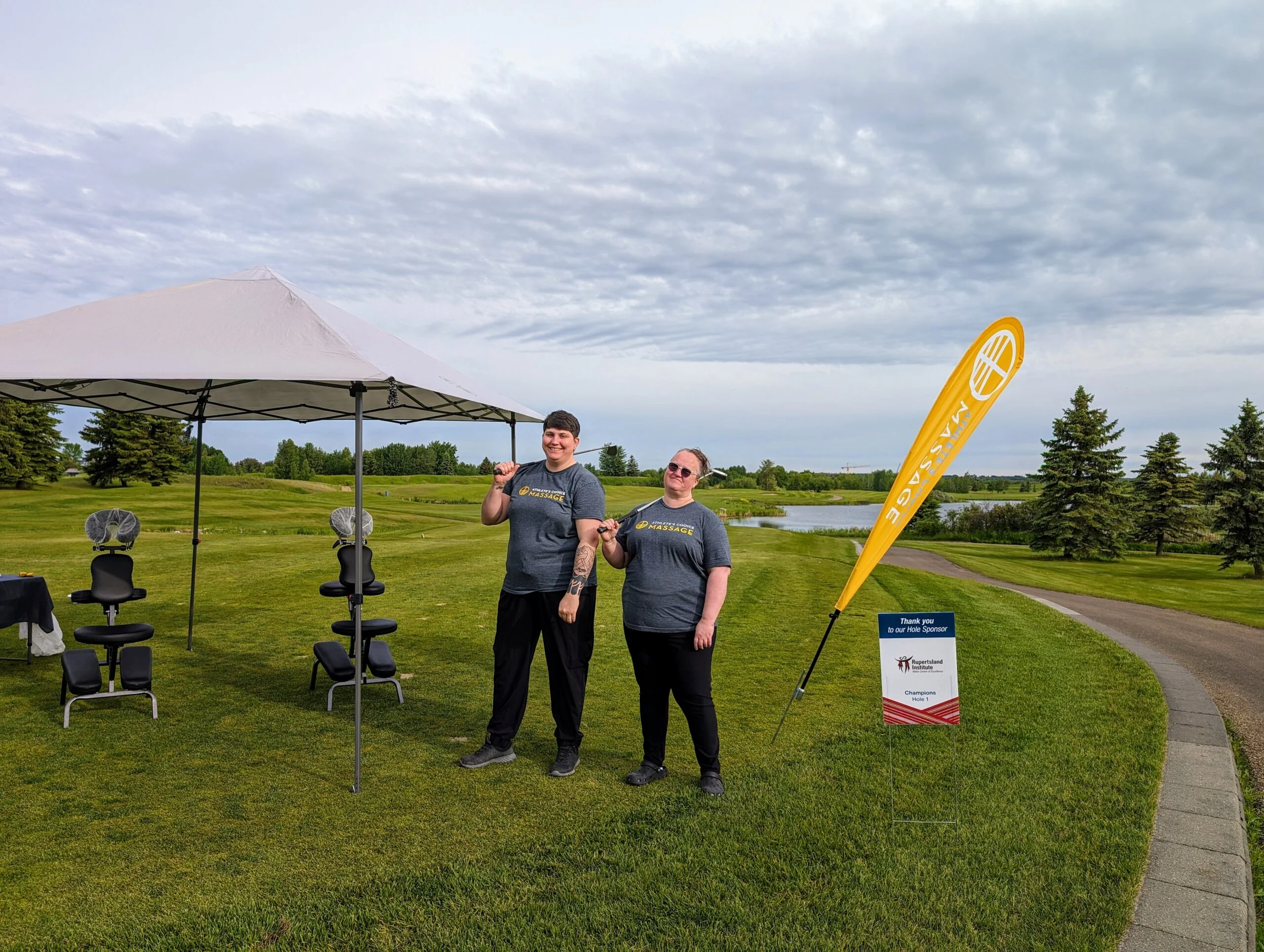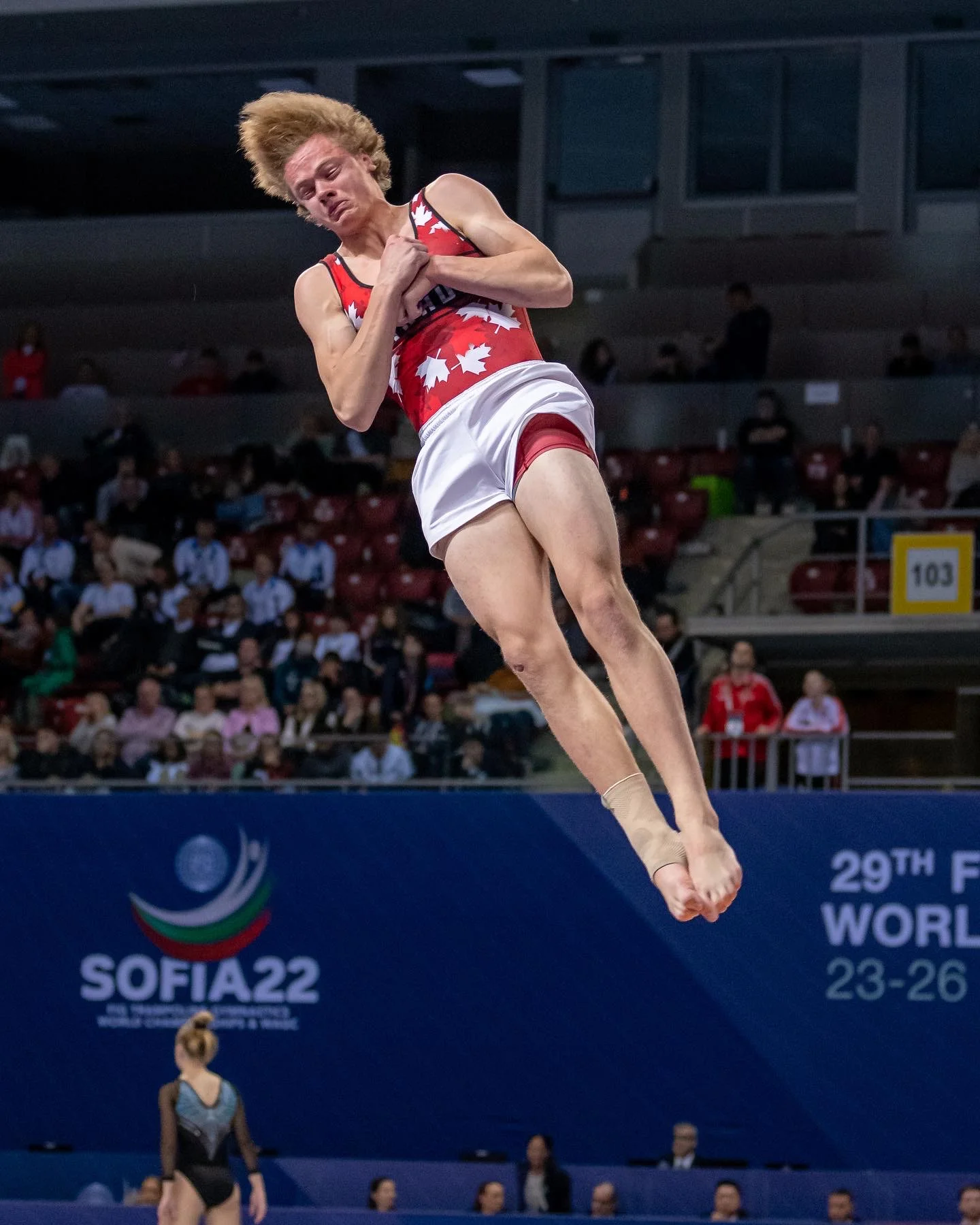Beach volleyball is a fun and exciting sport that requires strength, agility, and endurance. However, like any sport, beach volleyball comes with the risk of injuries. It’s essential to understand the muscles used in beach volleyball, common injuries, and treatment tips to stay healthy and perform your best on the sand. In this article, we’ll explore the key muscle groups used in beach volleyball, common injuries, and prevention strategies, as well as recovery strategies and essential playing tips.
Targeted Muscle Groups: Building Strength for Beach Volleyball Players
Beach volleyball requires a combination of upper and lower body strength, as well as agility and endurance. Here are the key muscle groups used in beach volleyball:
- Core: Your core muscles, including your abs and obliques, are essential for stabilizing your body and maintaining balance while jumping and diving.
- Legs: Your leg muscles, including your quads, hamstrings, and calves, are critical for jumping, running, and diving on the sand.
- Shoulders and Arms: Your shoulder and arm muscles, including your deltoids, rotator cuff, biceps, and triceps, are necessary for serving, spiking, and setting the ball.
To build strength and agility in these muscle groups, it’s essential to incorporate a variety of exercises into your training routine. Plyometric exercises like jump squats and burpees can help build explosive power, while strength training exercises like push-ups, lunges, and shoulder presses can help build strength in your upper and lower body.
Common Injuries in Beach Volleyball: Prevention and Treatment Techniques
Beach volleyball injuries can range from minor bruises to severe fractures. However, with the right prevention strategies, you can reduce your risk of injury. Here are some tips for staying healthy on the sand:
- Wear proper gear: Wear proper shoes, kneepads, and sunscreen to protect your feet, knees, and skin from the sun and sand.
- Warm-up: Warm up before playing to prevent muscle strains and sprains.
- Use proper technique: Proper technique, such as serving and spiking, can reduce your risk of injury.
- Listen to your body: Stop playing if you experience pain or discomfort.
If you do sustain an injury, it’s essential to seek medical attention as soon as possible. Some common injuries in beach volleyball include:
- Ankle Sprains: Ankle sprains are common in beach volleyball and can be treated with the RICE method and physical therapy.
- Shoulder Injuries: Shoulder injuries, such as rotator cuff tears, can occur due to repetitive motion. Treatment includes rest, physical therapy, and, in severe cases, surgery.
- Knee Injuries: Knee injuries, such as ACL tears, can occur due to jumping and landing on the sand. Treatment depends on the severity of the injury but may include physical therapy and surgery.
Recovering from Beach Volleyball Injuries: Rest and Rehabilitation Strategies
If you do sustain an injury while playing beach volleyball, it’s essential to give your body time to rest and recover. Here are some rest and rehabilitation strategies to help you recover from beach volleyball injuries:
- Rest: Rest is critical for allowing your body to heal. Avoid physical activity and give your body time to recover.
- Rehabilitation: Once you’re ready, physical therapy can help you regain strength and mobility.
- Nutrition: Eating a healthy, balanced diet can help support muscle recovery and prevent injuries. Make sure to include plenty of lean protein, complex carbohydrates, and healthy fats in your diet.
Staying Safe on the Sand: Essential Gear and Playing Tips
In addition to proper technique and equipment, there are several playing tips you can follow to stay safe on the sand:
- Keep hydrated: Drink plenty of water before, during, and after playing to stay hydrated in the heat.
- Play on safe surfaces: Avoid playing on rocky or uneven surfaces, which can increase your risk of injury.
- Communicate with your partner: Communication is key in beach volleyball. Make sure to communicate with your partner and avoid collisions on the sand.
- Take breaks: Take regular breaks to prevent fatigue and reduce your risk of injury.
In conclusion, beach volleyball is a fun and exciting sport that requires strength, agility, and endurance. However, it’s essential to understand the muscles used in beach volleyball, common injuries, and treatment tips to stay healthy and perform your best on the sand. By incorporating proper warm-up and strength training techniques, using proper gear, and following safe playing tips, you can reduce your risk of injury and enjoy the thrill of beach volleyball. And if you do sustain an injury, following rest and rehabilitation strategies can help you recover and get back to playing the sport you love.






